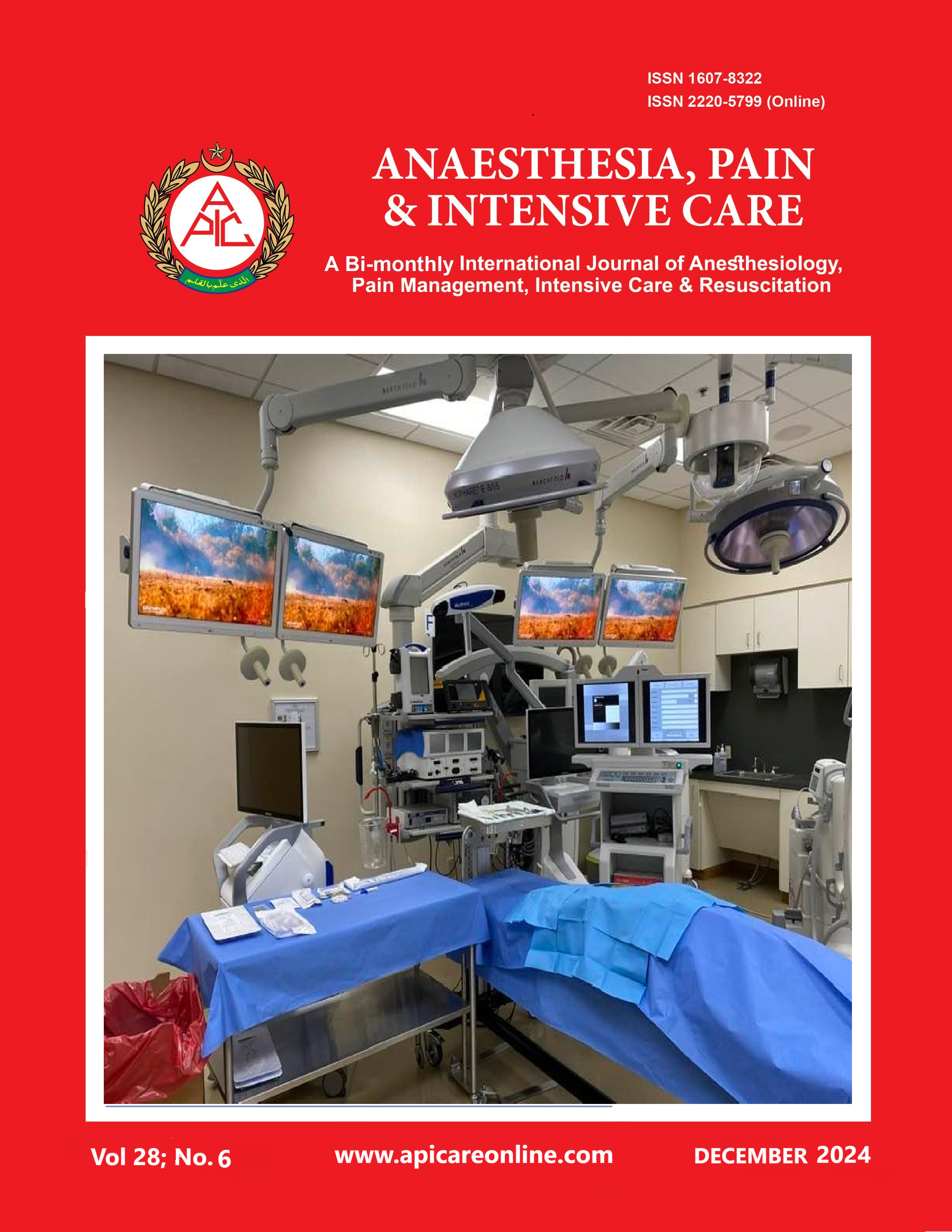Platelet rich plasma therapy for carpal tunnel syndrome
Abstract
Carpal tunnel syndrome (CTS) is the most frequent peripheral nerve entrapment neuropathy, accounting for about 90% of cases. CTS arises because of the median nerve compression in the carpal tunnel on the wrist, as the median nerve passes through the tunnel from the forearm to the hand. The available evidence regarding therapy for CTS, reveals that splinting therapy, corticosteroid injection, and surgery are not 100% effective in curing CTS so there is a need to search for other alternative therapies.
One of the pain therapies currently being developed in the medicine sector is platelet rich plasma (PRP). PRP refers to platelet concentrations in plasma higher than normal platelets circulating in the body. PRP has been extensively utilized as new secure therapy in dentistry, bone surgery, ophthalmology, neurosurgery, and plastic surgery for three decades. PRP contains several growth factors that can enhance the process of wound healing, angiogenesis, and regeneration of axons.
Regarding the use of PRP therapy in CTS there is still a lot of debate and the benefits of these therapies have been still questioned. However, there are currently numerous studies on the utilization of PRP therapy in CTS. In vitro and in vivo studies show that PRP has neuroprotective, neurogenic, and neuroinflammatory modulators on nerves. Recent studies have shown satisfactory results from the administration of PRP therapy in CTS cases.
PRP is a promising alternative therapy for mild to moderate CTS cases, but it is not recommended for treatment of severe CTS cases. There are no studies that conduct long-term follow-up after the administration of PRP therapy, so there is no documentation related to the long-term impact of PRP therapy in CTS cases.
Keywords: platelet rich plasma; carpal tunnel syndrome; human; medicine
Citation: Thursina C, Wulandari IA, Hidayati HB, Abror ANF, Puspamaniar VA, Gofir A. Platelet rich plasma therapy for carpal tunnel syndrome. Anaesth. pain intensive care 2024;28(6):1128−1131; DOI: 10.35975/apic.v28i6.2615
Received: October 04, 2023; Reviewed: December 11, 2023; Accepted December 01, 2024














